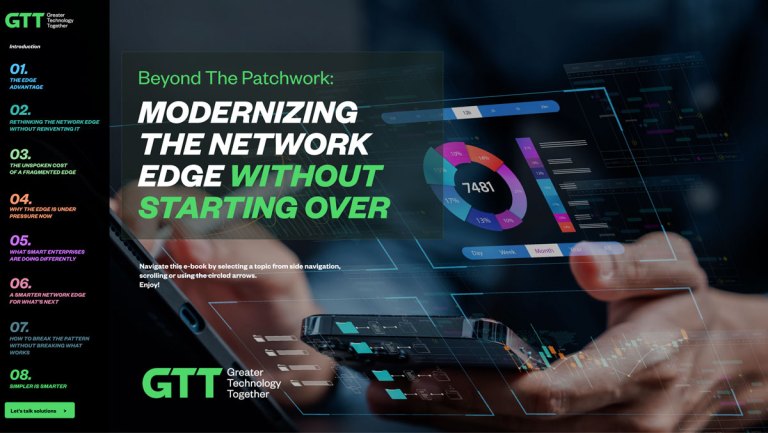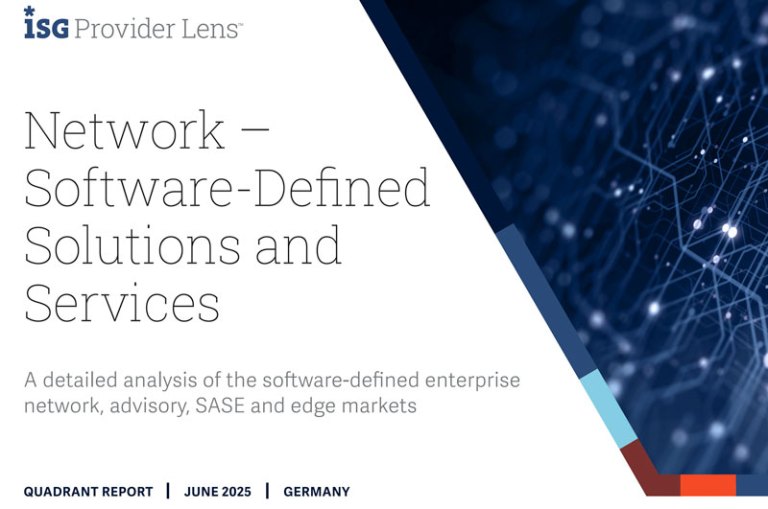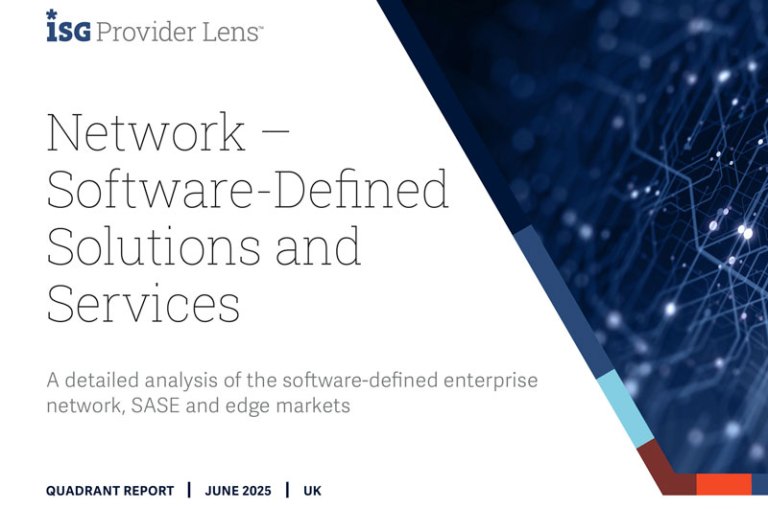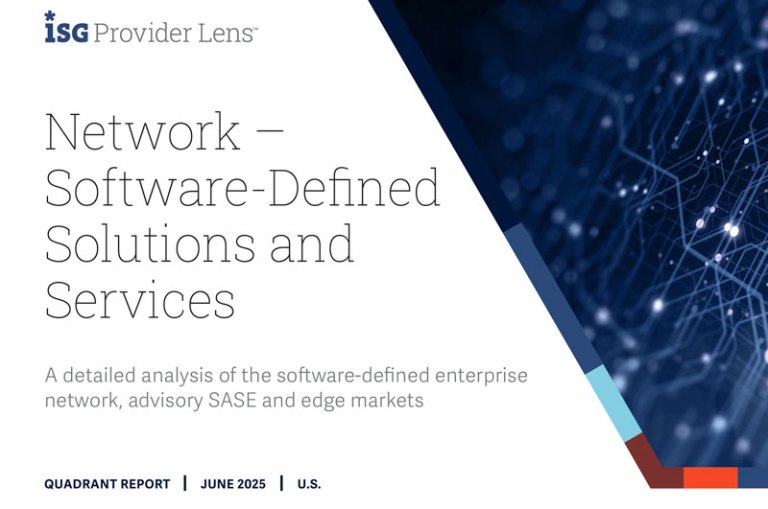E-commerce success depends on trust, speed and seamless transactions. But cybercriminals are constantly working to undermine all three. Online retailers face escalating attacks, from data breaches and payment fraud to ransomware and large-scale DDoS disruptions that take stores offline at the worst possible time.
The numbers tell the story:
- $48 billion lost to online fraud and cyberattacks annually.
- 550% increase in DDoS attacks targeting e-commerce in 2024.
- 75% of customers say they would stop shopping with a brand after a cybersecurity breach.
For online businesses, e-commerce security is a revenue-critical function. A breach doesn’t just expose data, but can disrupt operations, damage customer confidence and put a company’s future at risk.
Cyberthreats will continue to evolve. The only way forward is a proactive, multi-layered security strategy.
Major Cyberthreats in E-commerce and How to Prevent Them
Cybercriminals are relentless, constantly evolving their tactics to exploit vulnerabilities. As an e-commerce business owner, understanding these threats helps you proactively protect your business and customers.
Hacking and Data Breaches
Cybercriminals exploit vulnerabilities in systems to gain unauthorized access to sensitive data.
Real-World Example: In April 2024, AT&T experienced a significant data breach where customer data was illegally downloaded from a third-party cloud platform. The breach involved call and message metadata, affecting 110 million customers. Exposure of personal information led to potential identity theft and financial fraud, damaging AT&T’s reputation and customer trust.
How to Protect Your Business:
- Regular Security Audits: Conduct comprehensive assessments to identify and remediate vulnerabilities.
- Data Encryption: Ensure that sensitive information is encrypted both in transit and at rest to prevent unauthorized access.
- Secure Third-Party Integrations: Vet and monitor third-party services to ensure they adhere to security standards.
Phishing and Social Engineering
Attackers employ deceptive tactics to trick individuals into revealing confidential information or performing actions that compromise security.
Real-World Example: In 2023, a significant phishing scam targeted small businesses and consumers nationwide, including those in Connecticut. Scammers sent over 200 fake PayPal invoices, appearing to request payments of around $1,000, deceiving recipients into calling a fraudulent phone number. This scam disrupted PayPal operations and caused financial concerns for users.
How to Protect Your Business:
- Educate Employees and Customers: Conduct regular training sessions to help them recognize phishing attempts and understand the importance of not clicking on suspicious links or providing sensitive information.
- Implement Email Filtering Solutions: Utilize advanced email filters to detect and block malicious messages before they reach the inbox.
- Enforce Multi-Factor Authentication (MFA): Adding an extra layer of security can prevent unauthorized access, even if credentials are compromised.
Malware and Ransomware
Malicious software can infiltrate systems, leading to data theft, operational disruptions and financial losses.
Real-World Example: In December 2024, Krispy Kreme’s online operations were disrupted by a cyber-attack, affecting its ability to process orders and potentially leading to financial losses. The company worked with federal law enforcement and cybersecurity experts to contain the situation. The attack led to operational disruptions, loss of revenue and potential reputational damage.
How to Protect Your Business:
- Deploy Anti-Malware Solutions: Utilize reputable security software to detect and prevent malware infections.
- Regular Software Updates: Keep all systems and applications updated to patch known vulnerabilities.
- Implement Network Segmentation: Isolate critical systems to prevent the spread of malware within the network.
DDoS Attacks
These attacks overwhelm servers with excessive traffic, causing service disruptions and potential revenue loss.
Real-World Example: In 2024, major U.S. broadband providers were targeted by a significant cyber-attack attributed to Chinese hackers. The breach compromised systems used by the federal government for legal wiretapping, raising concerns over potential surveillance of U.S. efforts to monitor threats. Service outages led to loss of revenue, decreased customer trust and increased operational costs to mitigate the attack.
How to Protect Your Business:
- Implement DDoS Mitigation Services: Utilize solutions to detect and mitigate malicious traffic.
- Use Content Delivery Networks (CDNs): Distribute traffic across multiple servers to reduce the impact of an attack.
- Monitor Network Traffic: Continuously analyze traffic patterns to promptly identify and respond to anomalies.
GTT DDoS Protection and Mitigation offers real-time detection and response to keep your business operational during such attacks.
Internal Threats
Risks originating from within the organization, such as employees or contractors, can lead to data breaches and system compromises.
Real-World Example: In 2023, Tesla experienced a data breach orchestrated by two former employees who leaked sensitive personal data of over 75,000 current and former employees to a foreign media outlet. The breach led to exposure of personal information, potential identity theft and damage to employee trust and company reputation.
How to Protect Your Business:
- Implement Access Controls: Limit access to sensitive data based on roles and responsibilities.
- Conduct Background Checks: Perform thorough screenings of employees and contractors before granting access to critical systems.
- Monitor User Activity: Utilize monitoring tools to detect unusual or unauthorized activities within the network.
Essential E-commerce Cybersecurity Measures
A layered security approach provides multiple lines of defense for e-commerce businesses. If attackers break through one layer, they encounter another, reducing their chances of accessing sensitive data.
Secure Website Architecture and E-commerce Platform Safety
When sensitive data moves between a website and its users, TLS (Transport Layer Security) encryption (often called SSL/TLS) ensures data remains secure. TLS protects sensitive details like passwords or credit card numbers from interception by unauthorized parties.
A TLS certificate, often indicated by a padlock icon in the browser address bar, reassures customers that their connection is encrypted and ensures compliance with PCI DSS encryption requirements. To protect transactions, businesses should choose an e-commerce platform with built-in security measures such as HSTS (HTTP Strict Transport Security) and automatic SSL/TLS certificate management.
Strong Authentication and Access Controls
Strong authentication and access controls protect your company’s sensitive resources.
- Implementing multi-factor authentication (MFA): MFA requires users to provide at least two authentication factors: something they know (passwords or PINs), something they have (security tokens or authenticators), or something they are (biometrics like fingerprints). MFA improves security by blocking most account attacks, even if passwords are stolen.
- Using strong passwords and access control policies: Implement policies requiring long, unique passphrases rather than frequent password changes. According to NIST guidelines, mandatory password resets can lead to weaker security by encouraging predictable modifications (e.g., “Password123!” → “Password124!”). Instead, encourage employees to use password managers to generate and securely store credentials. Set up role-based access control (RBAC) or attribute-based access control (ABAC) to ensure employees can only access the data necessary for their job duties.
- Regular audits and updates: Check who can use your systems and make changes when needed. Apply the principle of least privilege (PoLP) by revoking unnecessary access and ensuring privileged accounts have additional protections, such as just-in-time (JIT) access. This helps you stay protected as new threats develop.
These measures will strengthen your security by protecting your data from unauthorized access.
Data Encryption and Secure Payment Processing
Data encryption and secure payment processing protect sensitive information as it travels across networks. Here are the key measures to implement:
- Protecting customer data from start to finish: End-to-end encryption (E2EE) ensures that sensitive data is encrypted on the sender’s device and only decrypted by the intended recipient, preventing interception.
- Following payment security rules: The Payment Card Industry Data Security Standard (PCI DSS) is a mandatory security framework for businesses handling credit card transactions. Compliance helps protect payment data from breaches and fraud.
- Using secure payment systems: Payment gateways use tokenization and point-to-point encryption (P2PE) to protect cardholder data. Tokenization replaces card details with a unique, non-exploitable token, ensuring that no sensitive payment data is stored or transmitted in its original form.
Encrypted communication and secure payment technologies significantly reduce the risk of credit card fraud, safeguarding both customer data and transaction integrity.
Regular Security Audits and Monitoring
Regular security audits and proactive monitoring should be conducted to keep systems safe and identify vulnerabilities before they become threats. Take these critical steps:
- Find weak spots before hackers do: Conduct penetration testing, vulnerability scans, and security assessments to uncover and remediate system weaknesses.
- Use security tools that watch for problems: Deploy intrusion detection systems (IDS), endpoint protection platforms (EPP), and web application firewalls (WAF) to detect and mitigate cyber threats in real time. Automated malware scanning and threat intelligence help guard against evolving attack methods.
- Make a plan for security incidents: Establish an incident response plan (IRP) outlining clear protocols for identifying, containing, and mitigating security breaches. To minimize downtime, include automated alerts, forensic analysis, and rapid recovery procedures.
Regular audits, continuous monitoring, and a well-defined response plan are essential to protecting e-commerce businesses from cyber threats.
How E-commerce Brands Can Protect Themselves
To safeguard brand integrity and maintain customer trust as an e-commerce business, adopt these protection strategies:
- Keep your software current: Regularly update all software, plugins, and themes to patch known vulnerabilities and mitigate security risks. Updates help protect against exploits, malware infections, and unauthorized access attempts. Outdated systems increase the risk of cyberattacks by exposing unpatched security flaws.
- Set up protective barriers: Implement firewalls, intrusion detection systems (IDS), and intrusion prevention systems (IPS) to monitor and control network traffic. Firewalls filter incoming and outgoing data to block unauthorized access, while IDS/IPS actively detect and mitigate threats before they compromise systems.
- Train your team and inform customers: Educate employees on phishing attacks, credential security, and social engineering tactics to reduce human error-related breaches. Encourage multi-factor authentication (MFA) and enforce the use of password managers to enhance security. Educate customers on secure transaction practices to help prevent fraud.
- Back up your data regularly: Use automated, encrypted backups stored in multiple locations to ensure recovery in case of ransomware attacks, accidental deletion or system failures. Regular testing of backups ensures business continuity, minimizes downtime and protects information.
- Partner with a secure web host: Choose a hosting provider that offers TLS/SSL encryption, Web Application Firewalls (WAF), malware detection, and DDoS protection. A secure hosting environment minimizes the risk of data breaches, unauthorized access and downtime due to cyberattacks.
- Meet payment security standards: When handling credit card transactions, follow PCI DSS (Payment Card Industry Data Security Standard) compliance requirements to protect payment data. PCI compliance helps your business avoid fines or the loss of payment processing privileges. Encrypt payment data in transit using TLS and implement tokenization to minimize cardholder data exposure.
While these strategies form a solid foundation, protecting against today’s cyber threats requires continuous vigilance and proactive security measures.
Secure Your E-commerce Business with GTT
E-commerce businesses face persistent threats from cybercriminals who target them through multiple attack vectors. These attackers may attempt to compromise websites, exploit employee access, deploy ransomware or disrupt operations with DDoS attacks.
We designed our GTT Envision platform to give you the visibility and insights needed to strengthen your e-commerce security. Our solution provides secure, low-latency connectivity that supports your unique networking and security requirements. With GTT, you gain advanced threat detection and proactive security measures to conduct business confidently while we help manage cyber risks.
When it comes to e-commerce security, global commerce brands trust GTT. Our team combines deep cybersecurity expertise, industry-leading technology, and strategic partnerships to create a robust defense against today’s constantly evolving threats.
We can help you secure your e-commerce operations, maintain compliance, and improve operational efficiency. Contact us today to learn how your business can thrive with secure connectivity that keeps cyber threats at bay.










